7 Tips to Know Before Buying Colorful Indoor Plants: A Guide to Choosing the Perfect Green Companion
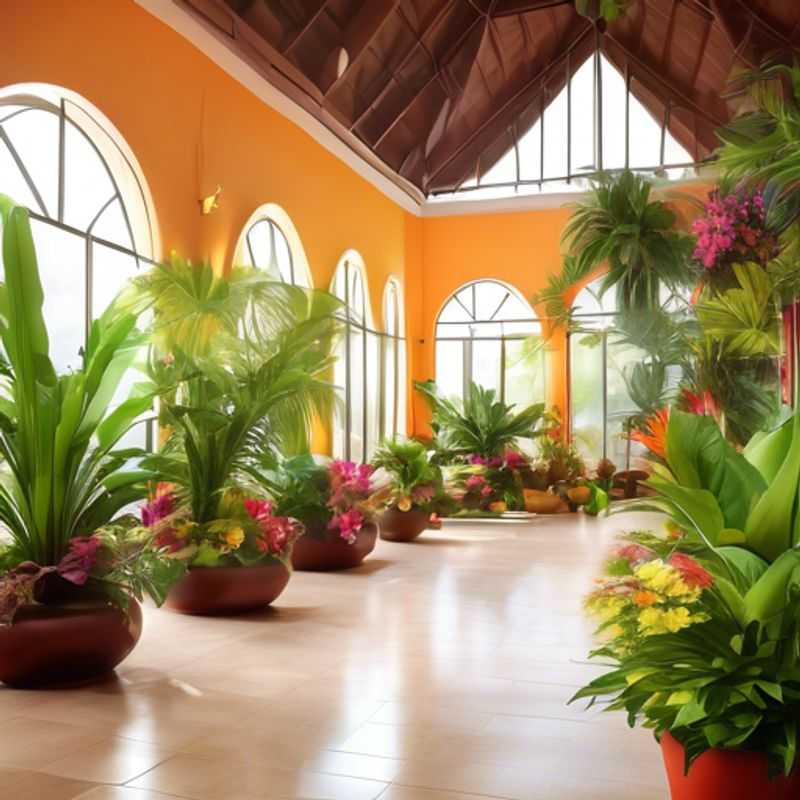
7 Tips to Know Before Buying Colorful Indoor Plants: Lighting, Soil, Size, Pests, Temperature, Toxicity, Care
Bringing the vibrancy of nature indoors with colorful plants is a fantastic way to liven up your space. But before you embark on this botanical adventure, there are a few crucial aspects to consider to ensure your new leafy companions thrive in their new home. Let's dive into these essential tips to ensure a harmonious coexistence between you and your indoor plant companions.
1. Light Up Their World: Just like us, plants crave the right amount of sunshine. Understanding the lighting needs of your chosen plant is crucial. A north-facing window, for example, offers less direct sunlight than a south-facing window, which could be a game-changer for your plants' well-being.
2. Soil and Water Wisdom: Every plant has its own preferences when it comes to soil and watering. Some prefer well-drained soil, while others thrive in moist conditions. Researching the ideal soil type and watering frequency for your plant species is essential for its continued growth.
3. Size Matters: While a small seedling may seem adorable now, it's important to consider its mature size. Ensure the pot you choose and the designated space in your home will accommodate its future growth.
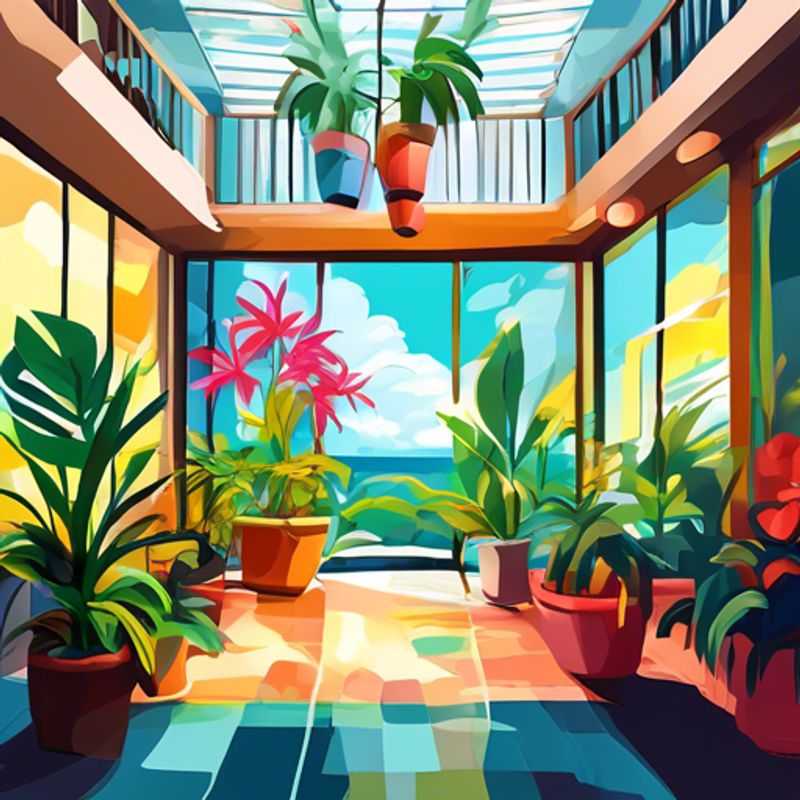
Matching Plant Lighting to Room Exposure: A Guide to Green Thumb Success
The amount of light a plant needs depends on its species and the exposure of the room it's in. Plants need light for photosynthesis, the process that allows them to grow.
Sunlight is the best source of light for most plants, but not all plants need the same amount. Some plants prefer bright, direct sunlight, while others prefer indirect sunlight or even shade.
To determine the lighting needs of your plant, you can consider the following:
Northern-facing windows receive less direct sunlight and are best for plants that prefer shade. Southern-facing windows receive the most direct sunlight and are best for plants that thrive in bright, sunny conditions. Eastern-facing windows offer good morning sun, while western-facing windows provide afternoon sun.
If your plant is not getting enough light, it may start to stretch or become leggy. It may also have pale leaves or slow growth.
You can supplement natural light with artificial lights, such as fluorescent or LED grow lights. Artificial lights can be especially helpful for plants that need a lot of light, or for plants that are located in rooms with limited natural light.
Ultimately, the best way to determine the lighting needs of your plant is to observe its growth and adjust its location as needed. Researching the specific lighting needs of your plant species is also beneficial.
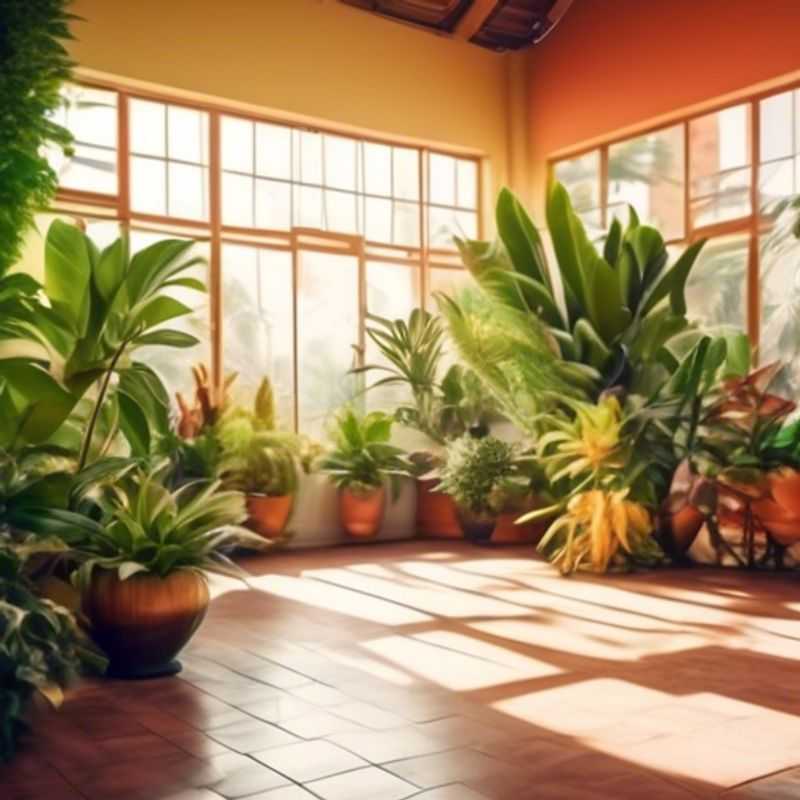
Unlocking Plant Success: A Guide to Soil and Watering Requirements
Understanding a plant's soil and watering needs is crucial for its success. It's like providing the right fuel and environment for a car to thrive. To ensure you're giving your plants the best chance, start by researching their specific requirements. Knowing these details is like understanding the language your plants speak, allowing you to respond appropriately.
Soil type varies significantly between plant species. Some prefer well-draining sandy soils, while others thrive in rich, moisture-retentive clay. Consulting a gardening guide or reputable online resources is your best bet to determine the ideal soil composition for your chosen plant.
Watering frequency is also vital. Overwatering can lead to root rot, while underwatering can cause wilting and stress. A good rule of thumb is to feel the soil moisture with your finger. If it's dry an inch below the surface, it's time to water. However, this is a general guideline, and specific watering needs can vary based on factors like weather, pot size, and the plant's growth stage.
Investing in a soil moisture meter can be helpful, especially for beginners. These devices provide a more accurate reading than simply checking the topsoil, allowing you to tailor your watering schedule for optimal results.
Finally, consider the specific environmental conditions your plants are in. For instance, a plant in a sunny location will require more frequent watering than one in the shade. Observing your plants and adjusting your watering practices accordingly is key to ensuring they thrive.
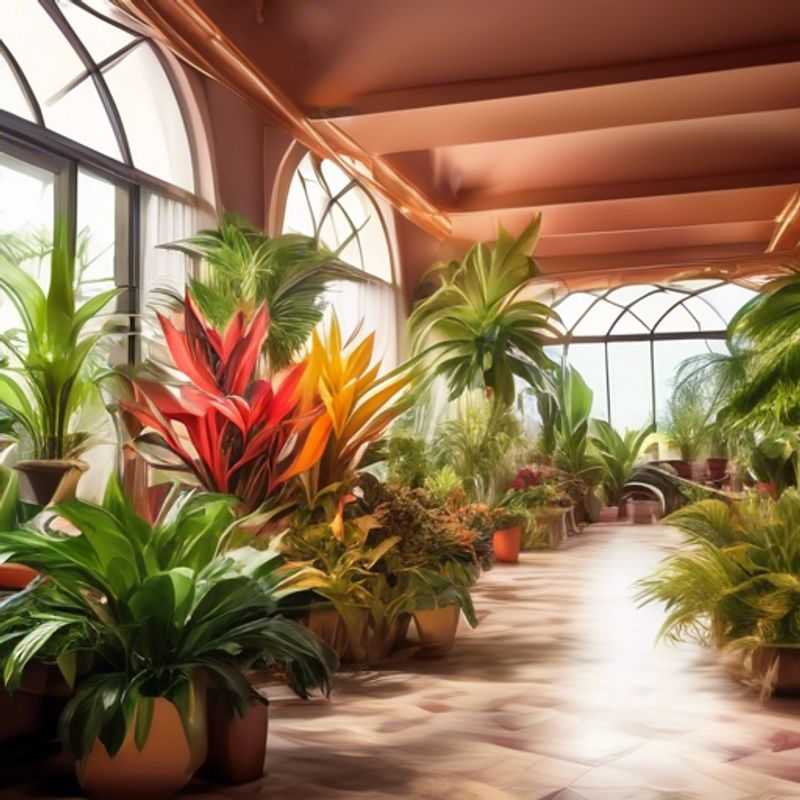
Right Plant, Right Place: Sizing Up Your Garden Dreams
Before you plant anything, it's crucial to consider the mature size of the plant. This means understanding how big it will get, not just how big it is now in the nursery pot. Think about its height, width, and overall spread.
Imagine a tiny seedling that could grow into a massive tree. It's important to pick a location where it will have enough space to thrive as it matures. Otherwise, you could end up with roots damaging your foundation, branches blocking your windows, or a plant that simply doesn't thrive because it's cramped.
Consider the type of plant you're planting. Some plants are known for being slow-growing, while others are fast growers. Research your plant's growth rate so you can plan accordingly. It's always better to overestimate the space needed than to underestimate it.
Measure the space you have available. This includes not just the length and width, but also the depth. You'll need to ensure that the soil depth is adequate for your plant's roots.
Take into account nearby structures like fences, buildings, and even other plants. You don't want your new plant to be too close to anything that could hinder its growth or cause problems in the future.
Visualize the plant in its mature state. If you need help with this, you can use online resources or visit your local garden center to ask for advice.
Taking the time to plan ahead now will save you headaches and frustrations down the road. And remember, it's always better to be prepared than to wish you had been.
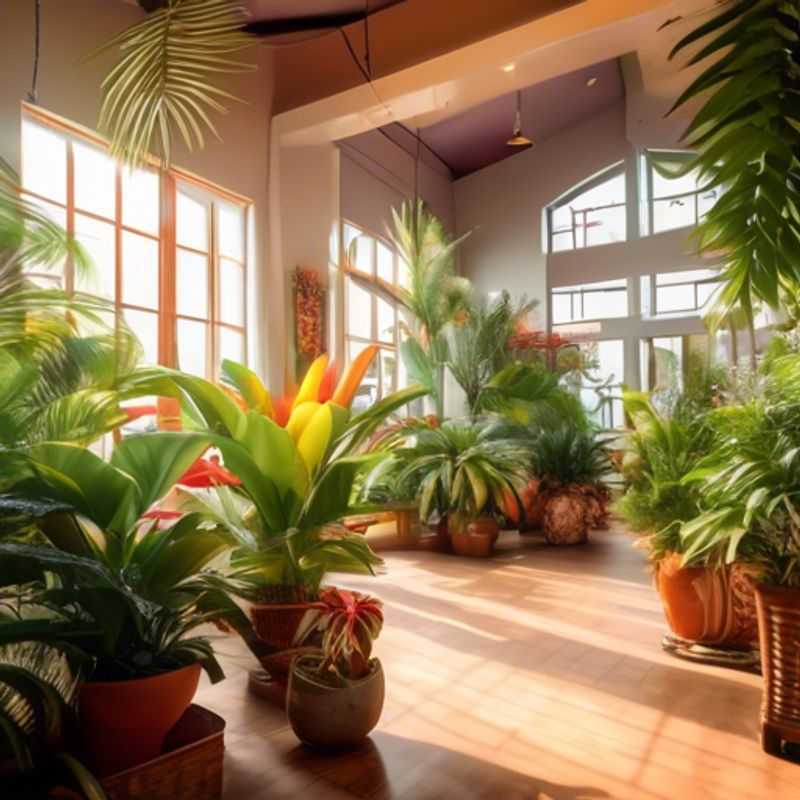
Pest and Disease Detection: A Plant Inspector's Guide
A regular inspection of your plants is crucial for maintaining their health and preventing potential issues. By carefully examining your plants, you can identify signs of pests or diseases early on, allowing for timely intervention and minimizing damage.
Look for visual signs on leaves, stems, and fruits:
Leaves: Check for discoloration, spots, holes, wilting, or distorted growth. These can indicate fungal infections, bacterial diseases, or insect infestations.
Stems: Examine stems for discoloration, lesions, or any signs of insects or mites.
Fruits: Inspect fruits for blemishes, discoloration, or any signs of decay.
Look for insects and their droppings:
Check for the presence of insects, such as aphids, spider mites, whiteflies, or scale insects. These pests can be found on the underside of leaves, stems, and fruits. Examine for their droppings, which can appear as sticky residue or small black dots.
Check for signs of fungal diseases:
Look for powdery mildew, which appears as a white, powdery substance on leaves. Check for rust, which can manifest as orange or brown spots on leaves. Inspect for leaf spots, which can appear in various colors and patterns.
Look for signs of bacterial diseases:
Inspect for bacterial leaf blight, which causes brown or black spots on leaves. Observe for soft rot, which can cause the plant to become mushy and watery. Check for bacterial canker, which can cause lesions or cracks on stems.
Regularly inspecting your plants allows you to catch problems early on, before they become serious. You can take steps to control pests and diseases, such as using organic pesticides, insecticidal soap, or fungicides. If you are unsure about the best course of action, consult a local gardening expert or plant pathologist.
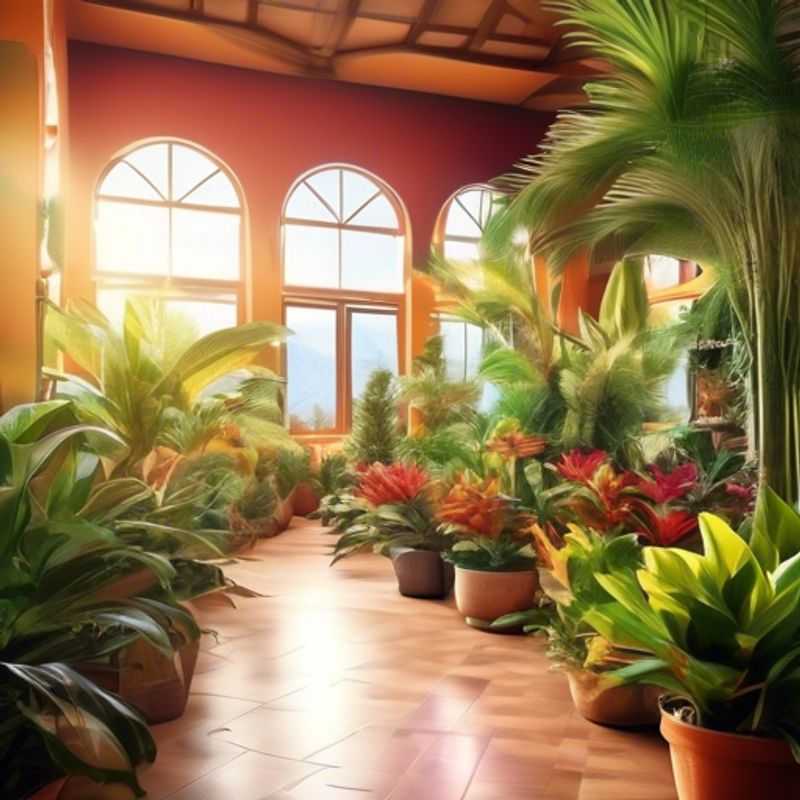
Unlocking the Secrets of Plant Happiness: Temperature and Humidity Preferences
Plants thrive in specific temperature and humidity ranges. Understanding these preferences is essential for successful plant care. Temperature and humidity influence plant growth, development, and overall health. Just like us, plants have optimal conditions for flourishing.
Temperature plays a significant role in plant processes, such as photosynthesis, respiration, and nutrient uptake. Each plant species has a unique temperature range it prefers. Some plants, like succulents, tolerate warmer temperatures, while others, like ferns, favor cooler conditions. Temperature fluctuations can negatively impact plant health, leading to stunted growth, leaf discoloration, and even death.
Humidity refers to the amount of moisture in the air. Plants require varying levels of humidity. Some plants, like orchids and ferns, require high humidity, while others, like cacti and succulents, prefer drier conditions. Insufficient humidity can cause wilting, leaf drop, and browning, while excessive humidity can lead to fungal diseases.
To determine the optimal temperature and humidity for your plants, research their specific requirements. Consider factors like your home's climate, the plant's native habitat, and the season. You can use tools like thermometers and hygrometers to monitor temperature and humidity levels. There are also resources available online and at garden centers to provide guidance on plant care.
Maintaining appropriate temperature and humidity levels is crucial for healthy plant growth. Implementing strategies like misting, using humidifiers, or adjusting the location of your plants can help create suitable environments. You may need to adjust your care routines based on the season and plant needs. By understanding and catering to your plants' temperature and humidity preferences, you'll promote their well-being and enjoy their beauty for years to come.
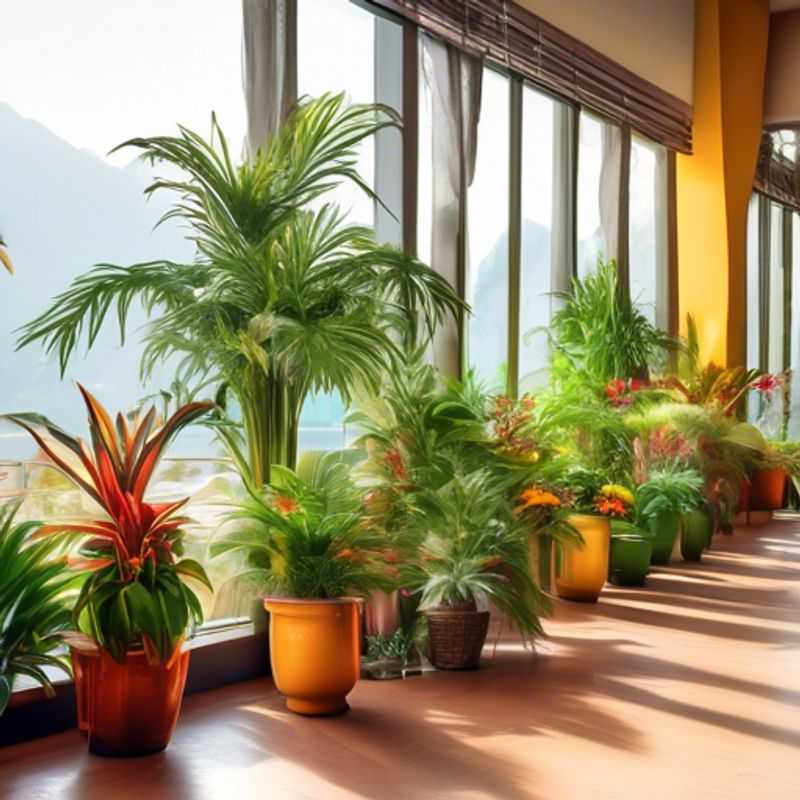
Pet and Child Safety: Understanding Plant Toxicity
When you have pets or children, it's crucial to be aware of the potential toxicity of plants in your home and garden. Many common plants, even those considered beautiful or fragrant, can be harmful if ingested.
Always research the toxicity of any plant before bringing it into your home or allowing your children or pets to come in contact with it.
Some common plants that are toxic to pets and children include:
Lilies: All parts of lilies are toxic to cats, even small amounts can cause severe kidney failure.
Pothos: While not as toxic as lilies, pothos can cause irritation and vomiting if ingested by pets or children.
Sago Palm: This plant is highly toxic to dogs and cats, with the seeds being the most dangerous. Ingestion can cause liver failure.
Oleander: All parts of this plant are toxic, and even small amounts can cause severe poisoning.
If you suspect your pet or child has ingested a toxic plant, contact your veterinarian or poison control center immediately.
Remember: Prevention is the best defense. Keep toxic plants out of reach of children and pets.
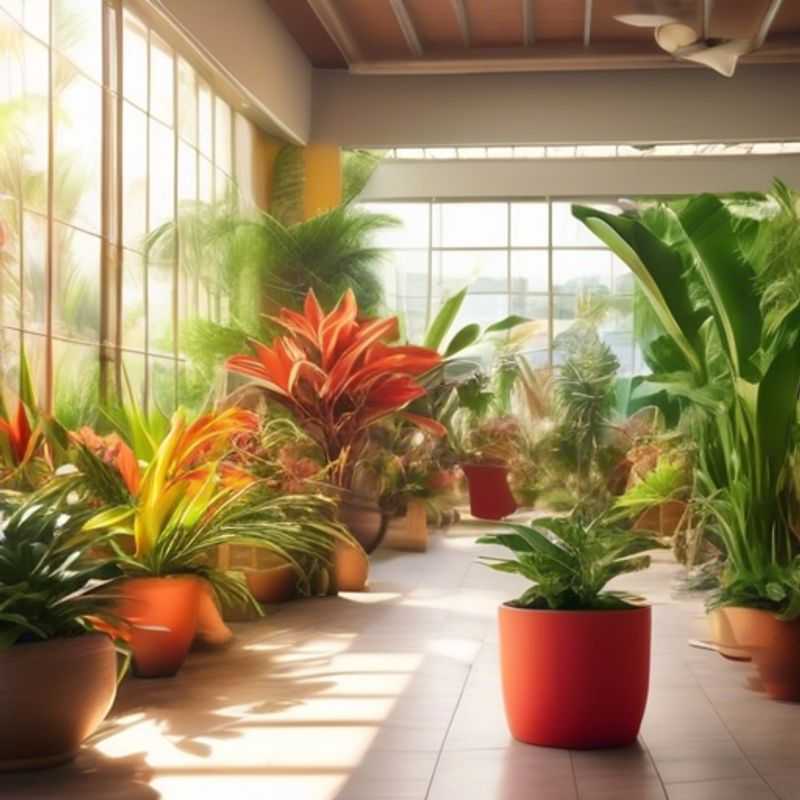
Unlocking the Secrets to Thriving Plants: A Guide to Care and Maintenance
Every plant has unique requirements, but here's a general guide for plant care and maintenance:
Light: Plants need sunlight to photosynthesize. Observe your plant's leaves; if they're pale or stretching towards light, it needs more. If they're brown or scorched, they're getting too much. Rotate your plant regularly for even growth.
Water:Water only when the top inch of soil is dry. Don't overwater, as this can lead to root rot. The frequency of watering depends on the plant, season, and your environment.
Soil: Good soil is essential for plant health. Use well-draining potting mix and repot your plant when it outgrows its container, usually every 1-2 years.
Fertilizer: Plants need nutrients. Use a balanced liquid fertilizer every few weeks during the growing season. Follow instructions on the product label.
Pruning: Regularly remove dead, diseased, or damaged leaves and stems to encourage growth and prevent pests.
Pests and Diseases: Inspect your plants regularly for pests like insects or fungal diseases. Treat them promptly with appropriate pesticides or fungicides if necessary.
Remember: Observe your plant's behavior. Pay attention to any changes in its appearance, growth, or health. This will help you identify any issues early on.
